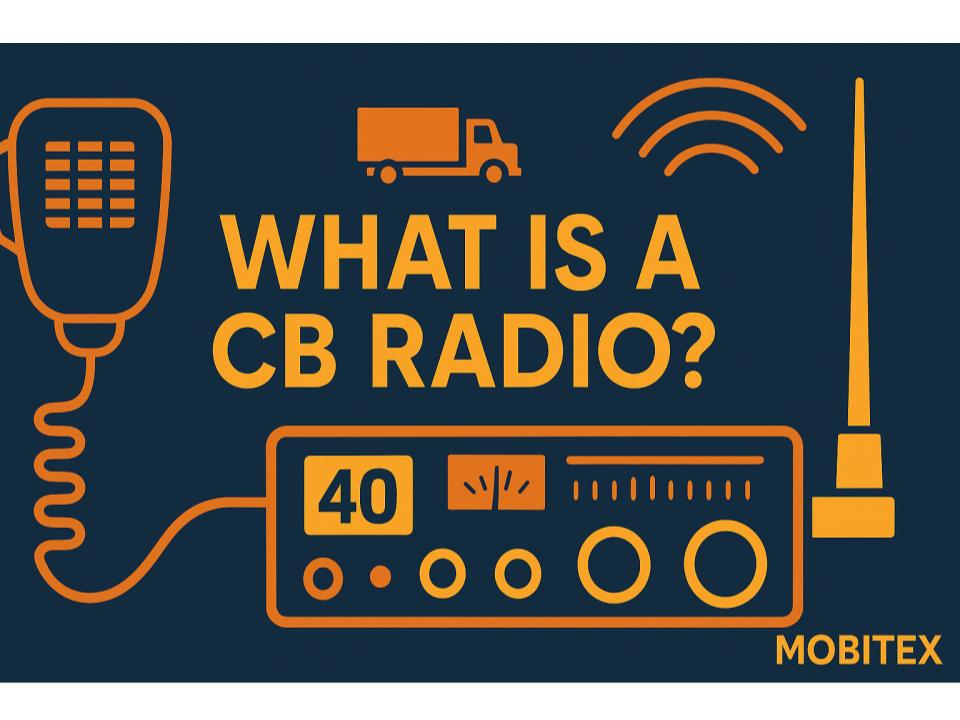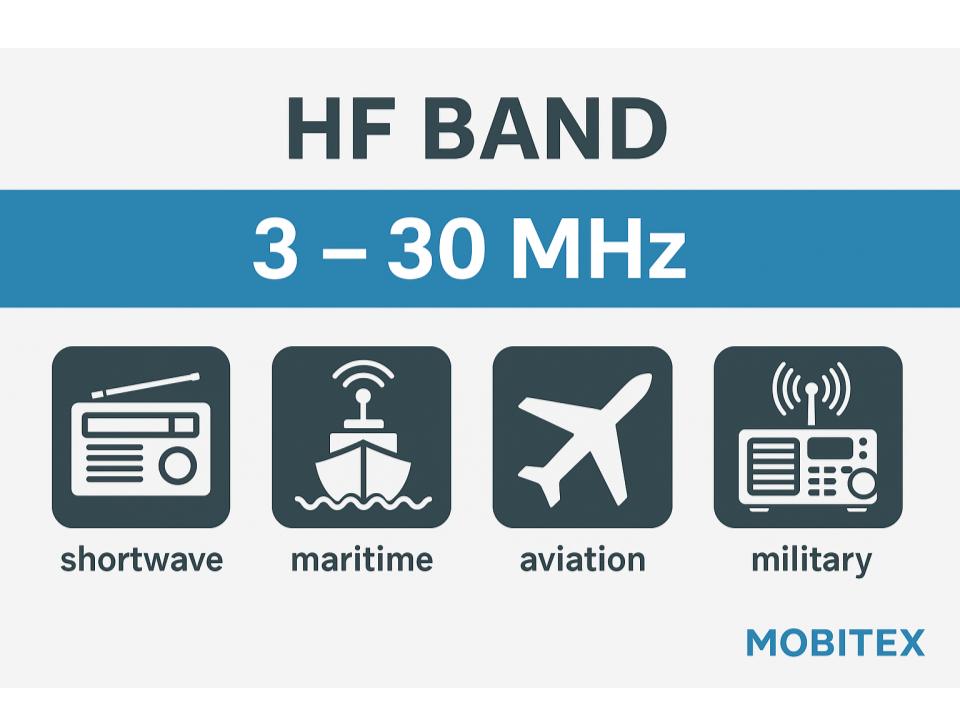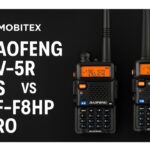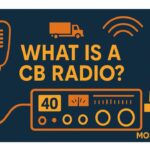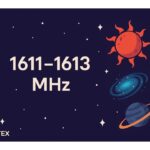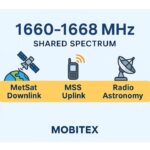Citizens Band, or CB radio, is a short-range, two-way voice service that lets people talk locally without a carrier contract or a personal license. It runs in the 27 MHz band with 40 shared channels, it is simple to use, and equipment is inexpensive. Truckers, off-roaders, overlanders, RVers, and small businesses use CB for quick coordination when cell service is spotty.
🧭 How CB Works, The Basics
- Band: 26.965 to 27.405 MHz
- Channels: 40, shared, no exclusivity
- Mode: AM on all channels, optional SSB on many sets for longer range
- Power: up to 4 W on AM, up to 12 W peak on SSB in most regions
- Licensing: no individual license in the US and Canada, follow local rules
🔊 AM vs SSB, What is the Difference
- AM is the standard, push-to-talk simplicity, everyone hears you.
- SSB, single sideband, uses your power more efficiently, often gives a noticeable range boost and cuts through noise better. SSB sets can still talk to AM users if you switch back to AM.
🛰️ Real-World Range, What To Expect
Range depends on antenna quality, mounting, terrain, and interference.
- Handheld with short antenna: 0.5 to 2 miles in town
- Mobile with tuned whip: 2 to 10 miles, more in open country
- Base station with tall antenna: 5 to 20+ miles line-of-sight
During rare ionospheric conditions, skip can carry signals hundreds of miles, but that is unpredictable and often not allowed for routine communications in some countries.
📡 Antennas Matter Most
A good antenna and proper tuning beat raw radio power.
- Length: 1/4-wave is about 102 inches at 27 MHz, many mobile whips are loaded to be shorter.
- Mounting: metal ground plane helps, center of the roof is best for vehicles, mirror or bumper mounts are fine with good bonding.
- Tuning: use an SWR meter to adjust for a reading near 1.5:1 or better, poor SWR wastes power and can harm the radio.
- Coax: quality 50-ohm cable, keep runs short, avoid tight bends.
🗺️ Popular Channels and Etiquette
- Ch 19, 27.185 MHz, road info and trucker traffic in North America
- Ch 9, 27.065 MHz traditional emergency and traveler assistance
- Keep calls brief, leave gaps for others, avoid talking over ongoing conversations, do not use foul language, identify by handle, not personal data.
🧰 What You Can Do With CB
- Convoy coordination for trucking and road trips
- Off-roading and overlanding group comms where phones fail
- RVs and campsites for parking and setup
- Farm, warehouse, or event crews for local tasks
- Scanning local chatter to learn about road hazards ahead
🛒 Choosing a CB Radio
- Handheld, all-in-one, works best with an external antenna in a vehicle.
- Mobile 12 V units for cars and trucks, most common.
- SSB capable models if you want more reach and quieter contacts.
- Features to look for: ANL/NB noise filters, RF gain, squelch, weather channels, scan, PA output, front-facing speaker for tight dashboard installs.
🔧 Quick Setup Checklist
- Mount radio where the mic and display are easy to reach.
- Install the antenna as high and clear as you can, bond the mount to metal.
- Route coax away from engine noise and sharp edges.
- Connect directly to the vehicle battery for clean power, add a fuse.
- Tune SWR, adjust squelch so background hiss just disappears.
- Do a radio check on a less busy channel, then join channel 19 or your group channel.
🐞 Troubleshooting, Fast Fixes
- People say you are weak: check SWR, antenna mount ground, coax connectors, RF gain setting.
- You hear noise: enable ANL or NB, try RF gain back a little, check vehicle bonding straps.
- No transmit: mic wiring, PTT switch, blown fuse, high SWR protection.
- Short range: move the antenna, retune SWR, try an SSB model for tougher paths.
🆚 CB vs GMRS vs Amateur, Which To Pick
- CB, free to use, very low cost, big community, slower audio and larger antennas.
- GMRS (462, 467 MHz), license required in some countries, small antennas, repeaters extend range, clearer audio.
- Amateur radio requires a test, gives many bands and higher power, best capability for emergencies and long range.
🧠 Safety and Legal Notes
Use approved power levels, stay on legal channels for your country, keep your mic use safe while driving, and never transmit with a badly tuned or damaged antenna.
💬 CB Lingo, A Few Classics
- Break, request to join a channel
- Copy or 10-4, message received
- Bear or Smokey, law enforcement
- Smokey report, ask about speed traps or hazards
✅ Bottom Line
CB radio is a practical, budget friendly way to talk right now without towers or apps. Pair a reliable mobile radio with a properly mounted and tuned antenna, learn the local channel customs, and you will have dependable comms for convoys, trail rides, and travel days.
